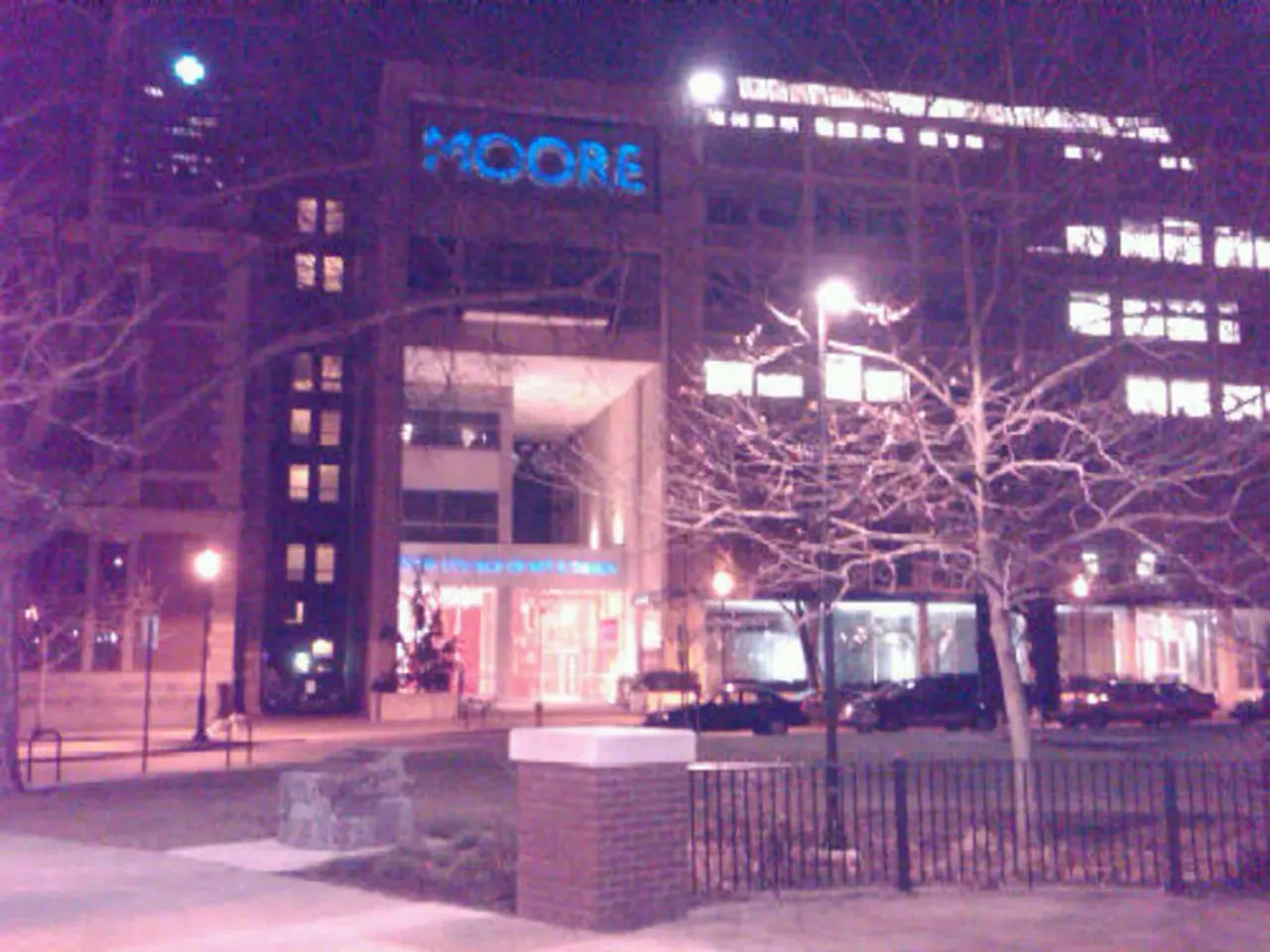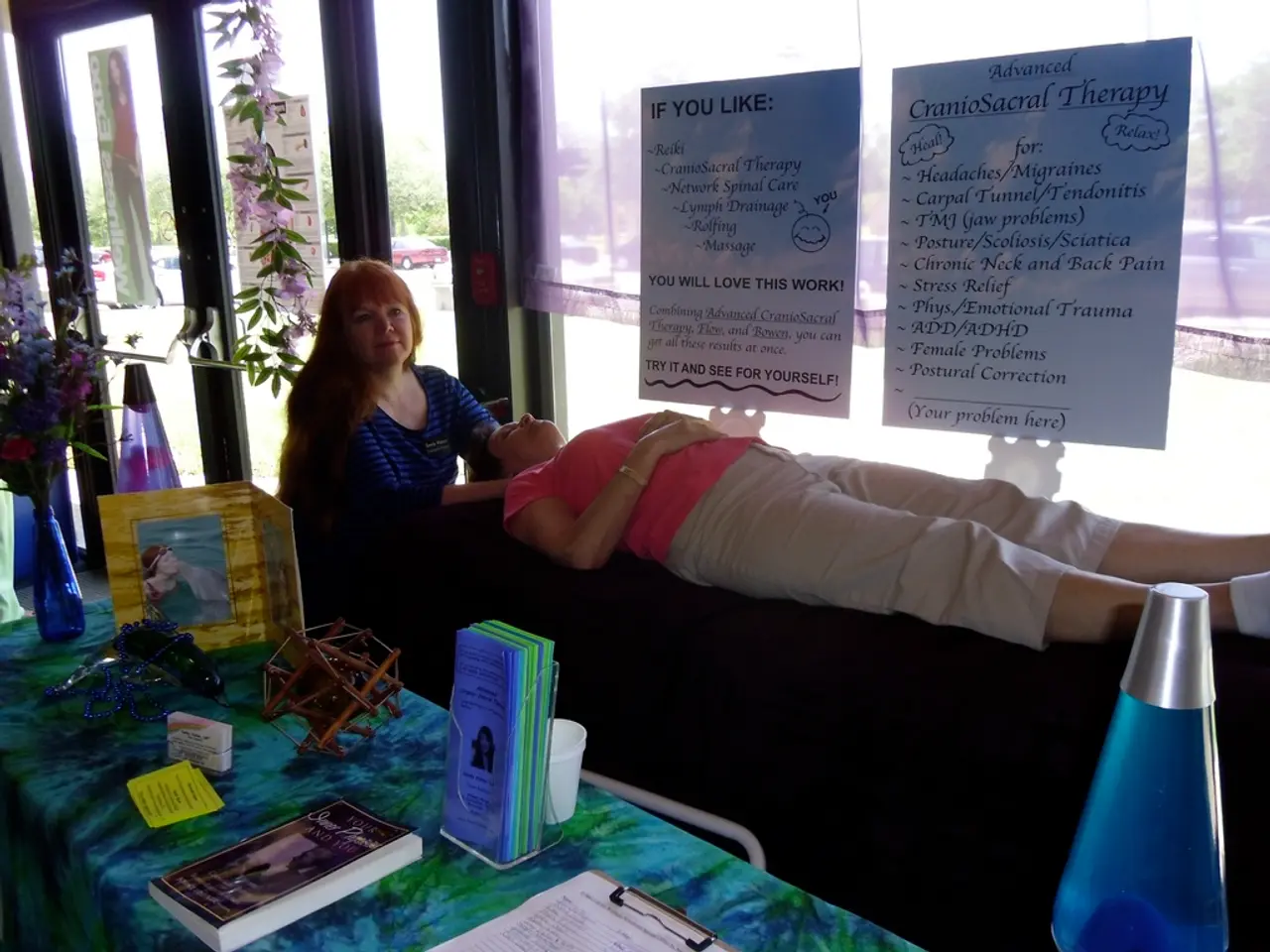Postpartum back pain: Recognizing instances beyond common postpartum exhaustion
Postpartum Back Pain: Recognising and Addressing the Silent Struggle
Postpartum women often face various challenges, and one that is frequently overlooked is persistent or severe back pain. This issue, which can stem from a variety of factors, is a concern that the Spine Foundation urges ASHA workers, gynaecologists, and family members to recognise.
Early diagnosis of spinal infections, disc issues, or postural dysfunctions can lead to better outcomes. Common causes of postpartum back pain include sciatica, hormonal changes, postural changes and muscle weakness, and Pelvic Girdle Pain (PGP).
Sciatica, a condition characterised by pressure or irritation of the sciatic nerve, can result from changes in posture, pelvic and spinal shifts during pregnancy, and muscle strain from delivery or lifting/nursing the baby. This can cause sharp, radiating pain in the lower back and legs.
Hormonal changes during pregnancy, such as elevated levels of relaxin, loosen ligaments, especially in the pelvic area, reducing joint stability and leading to pain after delivery. Hormonal fluctuations also affect muscle and joint flexibility, contributing to pain and stiffness.
Postural changes and muscle weakness are another common cause. Pregnancy shifts the center of gravity and increases lumbar spine curvature. Weakened abdominal muscles after delivery fail to support the spine adequately, causing increased strain on the back muscles. Poor posture during childcare activities compounds these problems.
Pelvic Girdle Pain (PGP) is related to ligament laxity and muscular imbalance in the pelvic region. It can persist postpartum, causing pain in the pelvis, lower back, hips, and thighs, sometimes severely impairing mobility.
Women experiencing persistent pain lasting weeks or months, severe or worsening pain, disabling pain, symptoms such as numbness, weakness, or radiating pain down the legs (signs of nerve involvement like sciatica), difficulty walking, standing, or performing daily activities, or signs of underlying conditions, such as infection or spine problems, should seek medical attention. Early evaluation by health professionals, including spine specialists if needed, is recommended to diagnose specific causes and initiate appropriate treatment to prevent chronic pain and disability.
The Spine Foundation's Rural Spine Care Initiative includes screening camps focused on women's spine health. If you are suffering from back pain after childbirth, seek care today. Meenakshi Singh, a volunteer at The Spine Foundation, emphasises the importance of addressing this issue. Treatment for spine issues may include physiotherapy, bracing, medications, surgical intervention, and nutritional rehabilitation.
Ignoring chronic back pain after childbirth can affect a mother's quality of life and ability to care for her child. Early diagnosis and appropriate treatment can lead to better outcomes and a more comfortable postpartum experience.
- Women's health specialists, family members, and ASHA workers should be aware that postpartum women may experience chronic back pain due to conditions like sciatica, hormonal changes, postural changes, muscle weakness, or Pelvic Girdle Pain (PGP).
- The science of health and wellness indicates that early diagnosis and treatment of spinal infections, disc issues, or postural dysfunctions can prevent chronic pain and disability, especially in postpartum women.
- To address the silent struggle of postpartum back pain, women who experience persistent, severe, or worsening pain should seek medical attention for potential treatments, such as physiotherapy, medications, surgical intervention, and nutritional rehabilitation, according to the Spine Foundation's Rural Spine Care Initiative.




